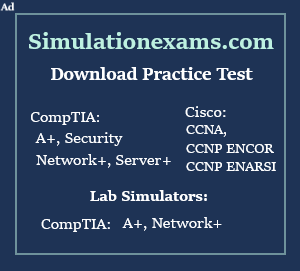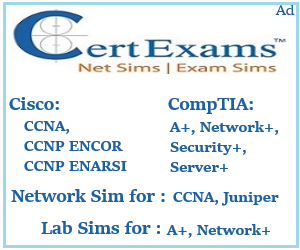Juniper JUNOS Fundamentals
4. JUNOS Viewing, comparing, and loading configuration files
In Junos, you can view, compare, and load configuration files by using the following CLI commands:
1. Viewing the configuration: You can view the current running configuration by using the "show configuration" command. You can also view the startup configuration by using the "show configuration | display set" command.
2. Comparing the configuration: You can compare the running configuration with the startup configuration by using the "show configuration | compare" command. This command will show the differences between the two configurations, which can be useful for checking changes before committing them.
3. Loading the configuration: You can load a configuration file into the device by using the "load configuration" command. For example, to load a configuration file named "new-config.txt" from the local file system, you would use the following command:
load configuration from file new-config.txt
It's important to note that loading a configuration file will overwrite the current running configuration, so it's recommended to make a backup of the current configuration before loading a new one. Additionally, you should check the changes you made to the configuration using the "show | compare" command before committing the changes.
5. J-Web (core/common functionality only)
J-Web is the graphical user interface (GUI) for managing Juniper devices. Some of the core and common functionalities of J-Web include:


